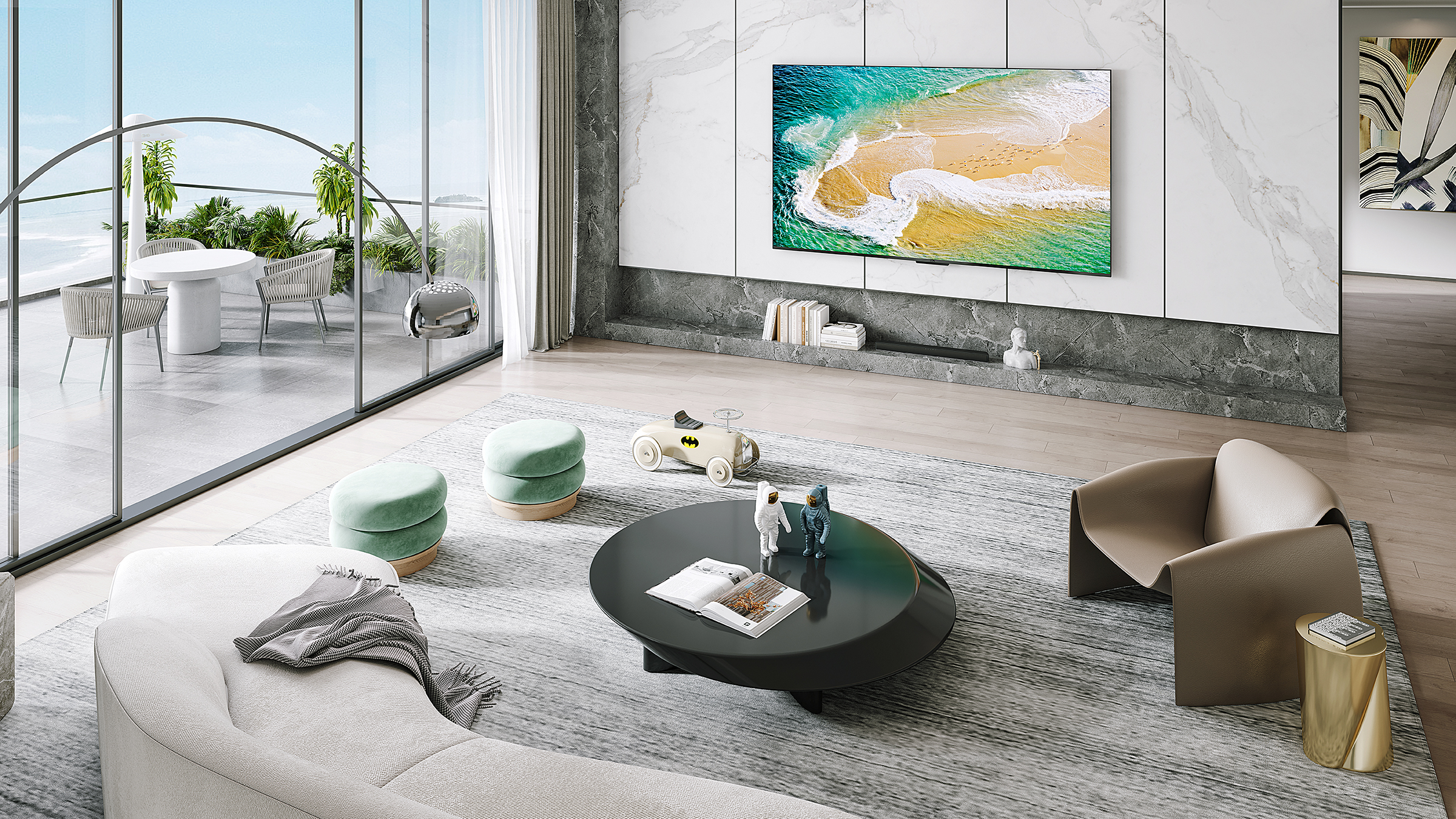Gadget of the Week
Android TV makes next push into SA
TCL has brought its new mini-LED 4K Google TV to South Africa. ARTHUR GOLDSTUCK tried it out
What is it?
By sheer coincidence, we tried out the TCL 65 C835 Android TV in the same week that the Expert Imaging and Sound Association (EISA) named it the best Premium Mini LED TV in Europe.
The unit is noteworthy on several levels: it marks a further push of the TCL brand into South Africa after it launched here in October 2021. One of the world’s biggest TV makers, and a regular fixture at the giant Consumer Electronics Show in Las Vegas, it was previously an unknown brand in this country.
Its opening act was a pair of 4K Google TVs, meaning they run on the Android TV operating system and display video at a resolution of four times high-definition. The P725 and P16 were followed by the C725, with the promise of “elevating quantum dot display technology to a new level”. The most significant aspect of Google TVs, however, is that they are more open platforms for downloading compatible apps than any proprietary TV system from other manufacturers. The notable exception is Skyworth, which first introduced South Africans to Android TV in 2018.
Now the C835 is here, introducing a further noteworthy element: the first mini-LED in South Africa. The technology is a step forward from LCD TV and reduces the size of the tiny light-emitting diodes (LEDs) that dictate picture quality. TCL, along with Samsung and LG, have led, or LED the way.
The promise is that, with smaller LEDs, the TV has finer control over its highlights and shadows and better contrast. It does not claim to be better than OLED, which still gives the finest picture quality on TV, but it does make large high-end TVs far more affordable.
The C835 is the successor to the C825, which didn’t make it to South Africa, but was last year’s winner in the EISA Premium Mini LED TV category. As a result, it sets high expectations.
We tried out the 65-inch version of the C835 – it is also available in 55-inch and 75-inch. Standing alongside a 7-year-old OLED TV from LG, the most striking aspect of the unit is just how much bigger 65-inch is than 55-inch. The size is measured diagonally across the screen, but that extra 10 inches appear to increase the size of the screen by almost half.
Viewed on its own, the C835 is an awesome machine, with rich colours and fine detail, especially when watching 4K video. There is now ample material available in that format, especially in wildlife videos, where the colours of nature amplify the quality of the TV. And especially on YouTube, which runs natively on the device.
However, the promise of “deep blacks and shadow details” was not quite met. Move too close to the TV, and it appears to blur, relative to even an old OLED screen. White lettering suffers from blooming, a halo effect that occurs when light from isolated bright objects bleeds into darker areas around it. It also does not have as wide a viewing angle, and tends to look washed out in a brightly lit room.
Again, this is when compared to OLED. On its own, it still dazzles.
Most importantly, the compromises on image quality are the price one pays for, well, the price one pays. The 65-inch edition of the C835 costs about two-thirds that of an equivalent unit in OLED from a rival manufacturer.
The Android machine has several other advantages: it is designed around connectivity and connects instantly to Wi-Fi when switched on. The 2015 LG machine takes its time and sometimes has to be prompted to connect via its settings. The C835 also offers low input lag, along with a 144Hz screen, making it great for gaming, especially as it supports variable refresh rate (VRR) and auto low latency mode (ALLM). The former allows the TV to adjust its refresh rate automatically to match the frame rate from the games console or PC, while the latter lets the TV automatically switch to gaming mode when it detects gameplay.
Dolby Vision means display settings are automatically changed on the HDR unit according to the room’s current light settings, while Dolby Atmos promises immersive sound.
What does it cost?
R24,999 at selected retailers.
Why does it matter?
“TCL South Africa is taking another big step forward by applying 144Hz refresh rate to its 2022 premium Mini LED TV models, providing faster responsiveness, sharper imagery, and smoother gameplay,” says TCL South Africa marketing manager Ryan Curling. “Competitive gamers who want to experience demanding high FPS games and casual gamers who want to enjoy extra responsiveness in gameplay will both appreciate this upgrade. TCL’s 144Hz Mini LED displays to enable faster reaction times and fluidity, giving gamers an important edge, especially in multiplayer games.”
What are the biggest negatives?
- Images are not as sharp as would be expected from mini-LED, and the blooming effect gets in the way of credits and other text-heavy content.
- The stand that comes with the unit and must be fitted by the purchaser is somewhat flimsy to support a 65-inch screen. We used a thick book to support it.
- Dolby Vision did not appear to make a significant impact on display settings in varying light conditions.
What are the biggest positives?
- Dazzlingly fast, both in refresh rate and in connectivity.
- Supports the Android TV standard, with extensive customisation and additional apps available.
- It is a beautiful unit in its own right, with a minimal bezel, making for maximum display real estate.
* Arthur Goldstuck is founder of World Wide Worx and editor-in-chief of Gadget.co.za. Follow him on Twitter on @art2gee

















